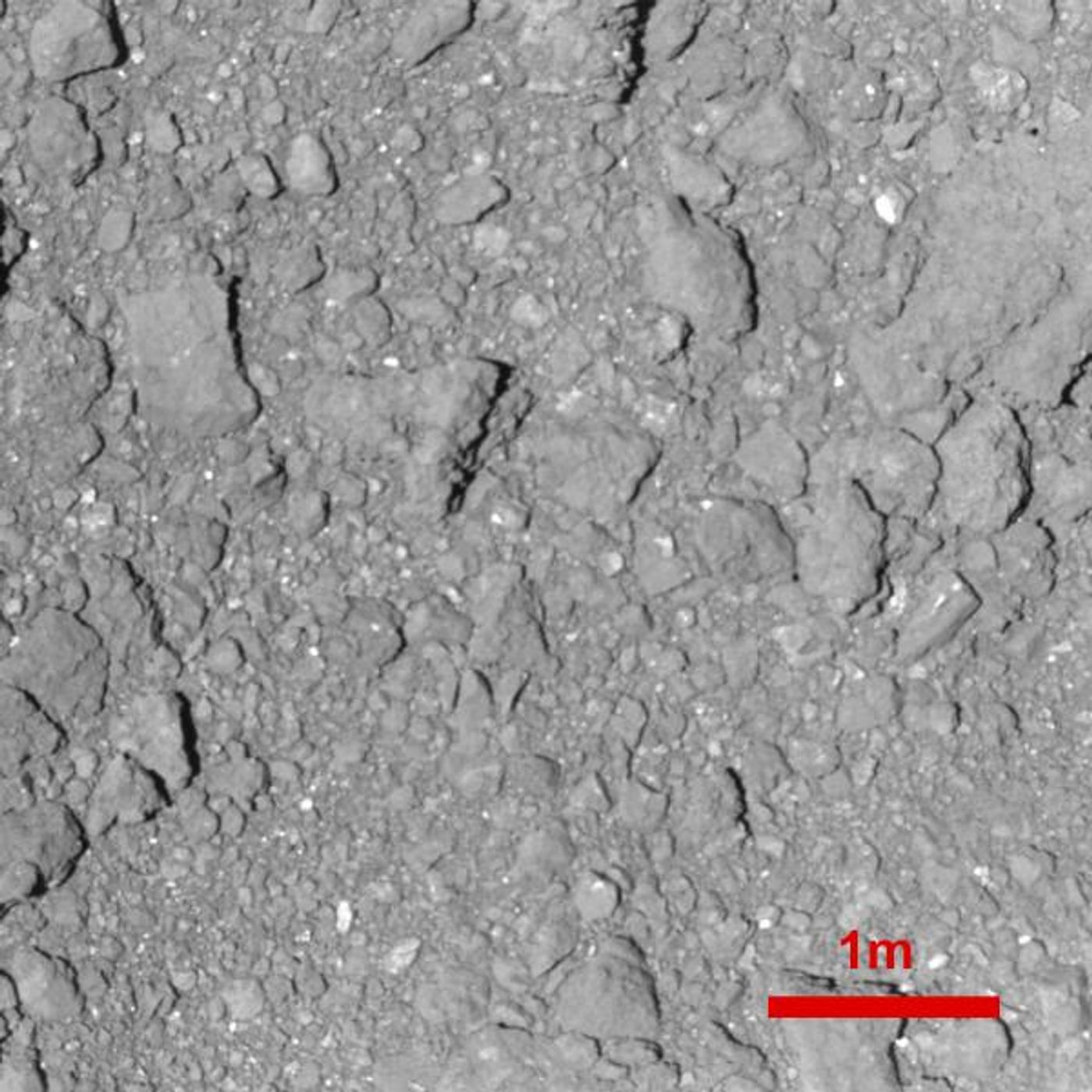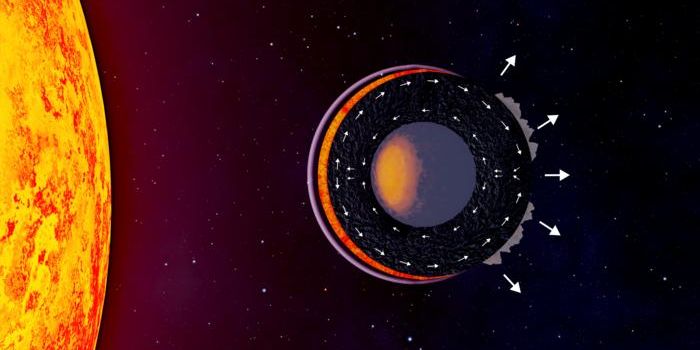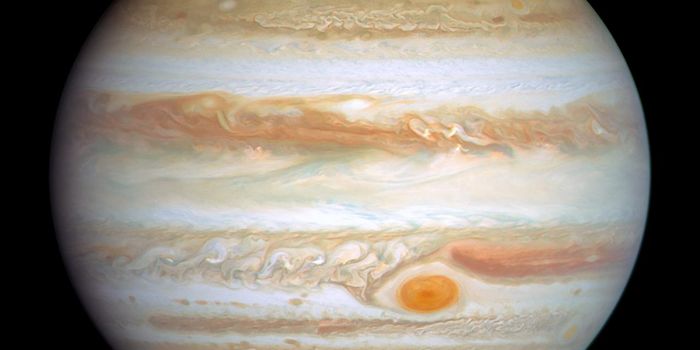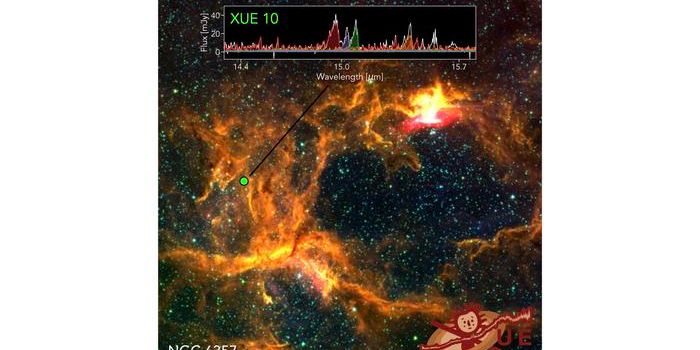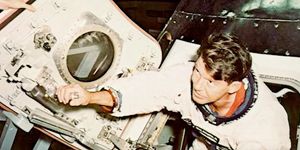Hayabusa2 Scientists Prepare to Collect Asteroid Samples and Return Them to Earth
Near the end of September, JAXA’s Hayabusa2 mission deployed two bouncing rovers on the surface of asteroid 162173 Ryugu to capture photographs and send them back to scientists on Earth. The Hayabusa2 spacecraft later used a lander to obtain additional asteroid-centric data for scientists.
But despite everything Hayabusa2 has achieved on 162173 Ryugu thus far, one of the more ambitious components of the mission is still underway: the attempt to collect samples from the asteroid’s surface and return them to Earth for closer analysis.
Image Credit: JAXA, Tokyo University, Kochi University, Rikkyo University, Nagoya University, Chiba Institute of Technology, Meiji University, Aizu University, and AIST
Read more at: https://phys.org/news/2018-10-hayabusa2-team-asteroid-sample.html#jCp
Read more at: https://phys.org/news/2018-10-hayabusa2-team-asteroid-sample.html#jCp
Read more at: https://phys.org/news/2018-10-hayabusa2-team-asteroid-sample.html#jCp
Hayabusa2 mission scientists are currently collaborating to discern where the spacecraft should touch down to acquire the best surface samples, but there’s a catch. With all things considered, the spacecraft must follow a strict procedure protocol to prevent malfunction.
As it would seem, the most critical component of this protocol involves finding a safe place for the spacecraft to land. Citing the Planetary Science Institute, Hayabusa2 mission scientists are being tasked with finding a regolith comprised of boulders no larger than 50 centimeters. Additionally, the diameter of this landing spot must measure at least 100 meters.
“Since the approach phase began last June, my main goal was to support the Hayabusa2 team in the preparation of touch down operations,” said Lucille Le Corre of the Hayabusa2 science team.
“In order to assess the sampleability of Ryugu’s terrains I have worked on generating products such as ONC image mosaics and local topographic models. Our data show that the Hayabusa2 team has to carefully select a sampling site to avoid the numerous boulders present on the surface.”
Related: Say hello to the rare binary asteroid that was recently validated by NASA scientists
As we’ve seen from the images sent back from Hayabusa2’s bouncing rovers, 162173 Ryugu’s surface is riddled with jagged boulders that make it challenging to land a spacecraft. The hope is that scientists can find a spot with fewer jagged stones, or at least smaller ones that wouldn’t impact the spacecraft’s landing gear.
“Unlike other asteroids we have visited, Ryugu has no powder, no fine-grain regolith. That makes selecting a place to sample more challenging,” explained Deborah Domingue, a member of the Hayabusa2 science team.
“We are helping characterize the surface to optimize landing site selection. We need to have a very detailed understanding of the nature of the surface to be sampled in order to maximize the realization of the science goals of the mission.”
Related: Classifying Oumuamua proves more challenging than initially thought
There’s still quite a bit of time before Hayabusa2 will attempt surface sample collection from 162173 Ryugu, but finding an optimal landing zone for the spacecraft is a critical aspect of the mission that requires careful planning and execution. That said, it’s never too early to prepare.
Source: PSI
